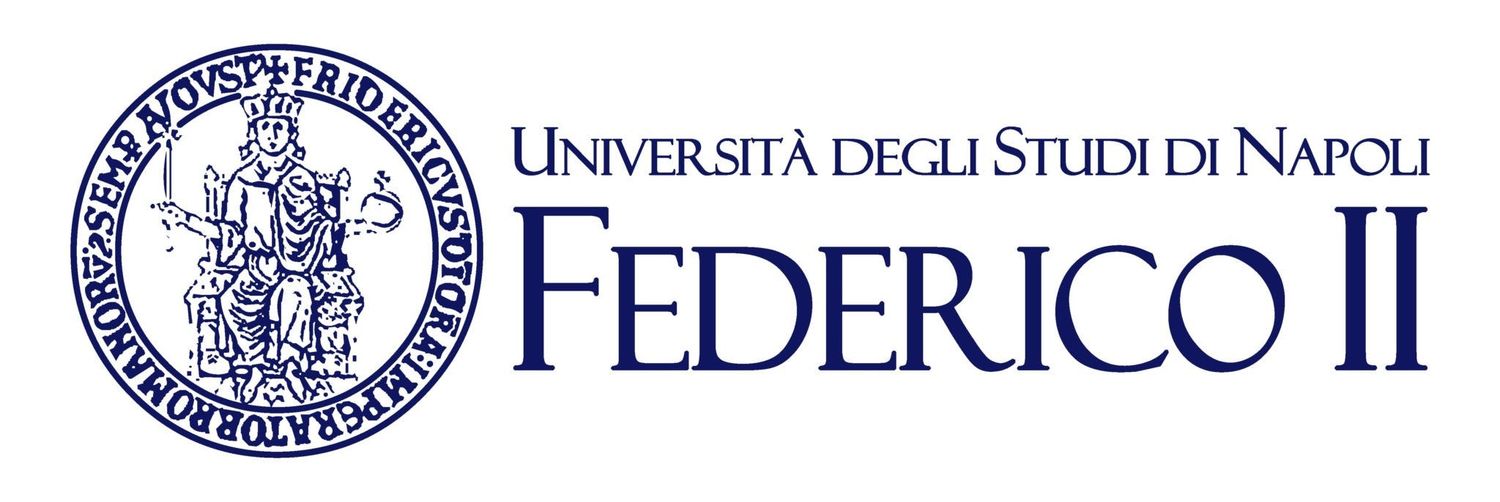预约演示
更新于:2025-05-07
BAR-501
更新于:2025-05-07
概要
基本信息
非在研机构- |
权益机构- |
最高研发阶段临床前 |
首次获批日期- |
最高研发阶段(中国)- |
特殊审评- |
关联
100 项与 BAR-501 相关的临床结果
登录后查看更多信息
100 项与 BAR-501 相关的转化医学
登录后查看更多信息
100 项与 BAR-501 相关的专利(医药)
登录后查看更多信息
9
项与 BAR-501 相关的文献(医药)2025-02-01·Liver International
Liver GPBAR1 Associates With Immune Dysfunction in Primary Sclerosing Cholangitis and Its Activation Attenuates Cholestasis in Abcb4−/− Mice
Article
作者: Bellini, Rachele ; Urbani, Ginevra ; Milkiewicz, Piotr ; Bordoni, Martina ; Banales, Jesus M. ; Marchianò, Silvia ; Zampella, Angela ; Sepe, Valentina ; Massa, Carmen ; Di Giorgio, Cristina ; Spinelli, Lucio ; Fiorucci, Stefano ; Morretta, Elva ; Biagioli, Michele ; Distrutti, Eleonora ; Lachi, Ginevra ; Lapitz, Ainhoa ; Cari, Luigi ; Milkiewicz, Malgorzata ; Monti, Maria Chiara
2023-12-01·Biochemical Pharmacology
Activation of GPBAR1 attenuates vascular inflammation and atherosclerosis in a mouse model of NAFLD-related cardiovascular disease
Article
作者: Vellecco, Valentina ; Roselli, Rosalinda ; Cieri, Enrico ; Sami Ullah Khan, Rana ; Ab Mansour, Adel ; Bucci, Mariarosaria ; Urbani, Ginevra ; Morretta, Elva ; Saviano, Anella ; Distrutti, Eleonora ; Massa, Carmen ; Ricci, Patrizia ; Marchianò, Silvia ; Jilani Iqbal, Asif ; Zampella, Angela ; Di Giorgio, Cristina ; Giordano, Antonino ; Chiara Monti, Maria ; Biagioli, Michele ; Cirino, Giuseppe ; Fiorucci, Stefano ; Bordoni, Martina ; Bellini, Rachele
2021-01-01·The FASEB Journal2区 · 生物学
The bile acid activated receptors GPBAR1 and FXR exert antagonistic effects on autophagy
2区 · 生物学
Article
作者: Marchianò, Silvia ; Zampella, Angela ; Fiorucci, Chiara ; Biagioli, Michele ; Fiorucci, Stefano ; Monti, Maria Chiara ; Roselli, Rosalinda ; Bordoni, Martina ; Distrutti, Eleonora ; Di Giorgio, Cristina ; Scarpelli, Paolo ; Carino, Adriana
100 项与 BAR-501 相关的药物交易
登录后查看更多信息
研发状态
10 条进展最快的记录, 后查看更多信息
登录
| 适应症 | 最高研发状态 | 国家/地区 | 公司 | 日期 |
|---|---|---|---|---|
| 结肠炎 | 临床前 | 意大利 | - | |
| 结肠炎 | 临床前 | 意大利 | - | |
| 脂肪肝 | 临床前 | 意大利 | - |
登录后查看更多信息
临床结果
临床结果
适应症
分期
评价
查看全部结果
| 研究 | 分期 | 人群特征 | 评价人数 | 分组 | 结果 | 评价 | 发布日期 |
|---|
No Data | |||||||
登录后查看更多信息
转化医学
使用我们的转化医学数据加速您的研究。
登录
或

药物交易
使用我们的药物交易数据加速您的研究。
登录
或

核心专利
使用我们的核心专利数据促进您的研究。
登录
或

临床分析
紧跟全球注册中心的最新临床试验。
登录
或

批准
利用最新的监管批准信息加速您的研究。
登录
或

特殊审评
只需点击几下即可了解关键药物信息。
登录
或

生物医药百科问答
全新生物医药AI Agent 覆盖科研全链路,让突破性发现快人一步
立即开始免费试用!
智慧芽新药情报库是智慧芽专为生命科学人士构建的基于AI的创新药情报平台,助您全方位提升您的研发与决策效率。
立即开始数据试用!
智慧芽新药库数据也通过智慧芽数据服务平台,以API或者数据包形式对外开放,助您更加充分利用智慧芽新药情报信息。
生物序列数据库
生物药研发创新
免费使用
化学结构数据库
小分子化药研发创新
免费使用

